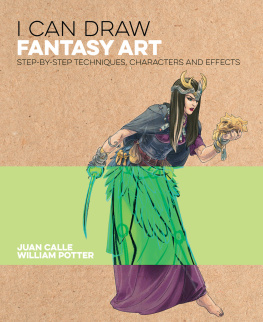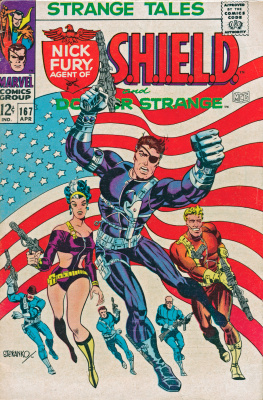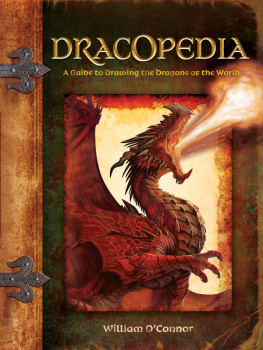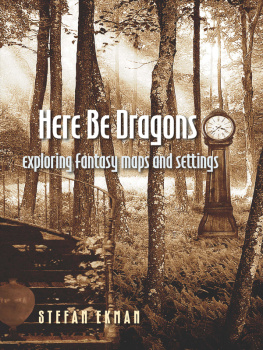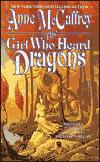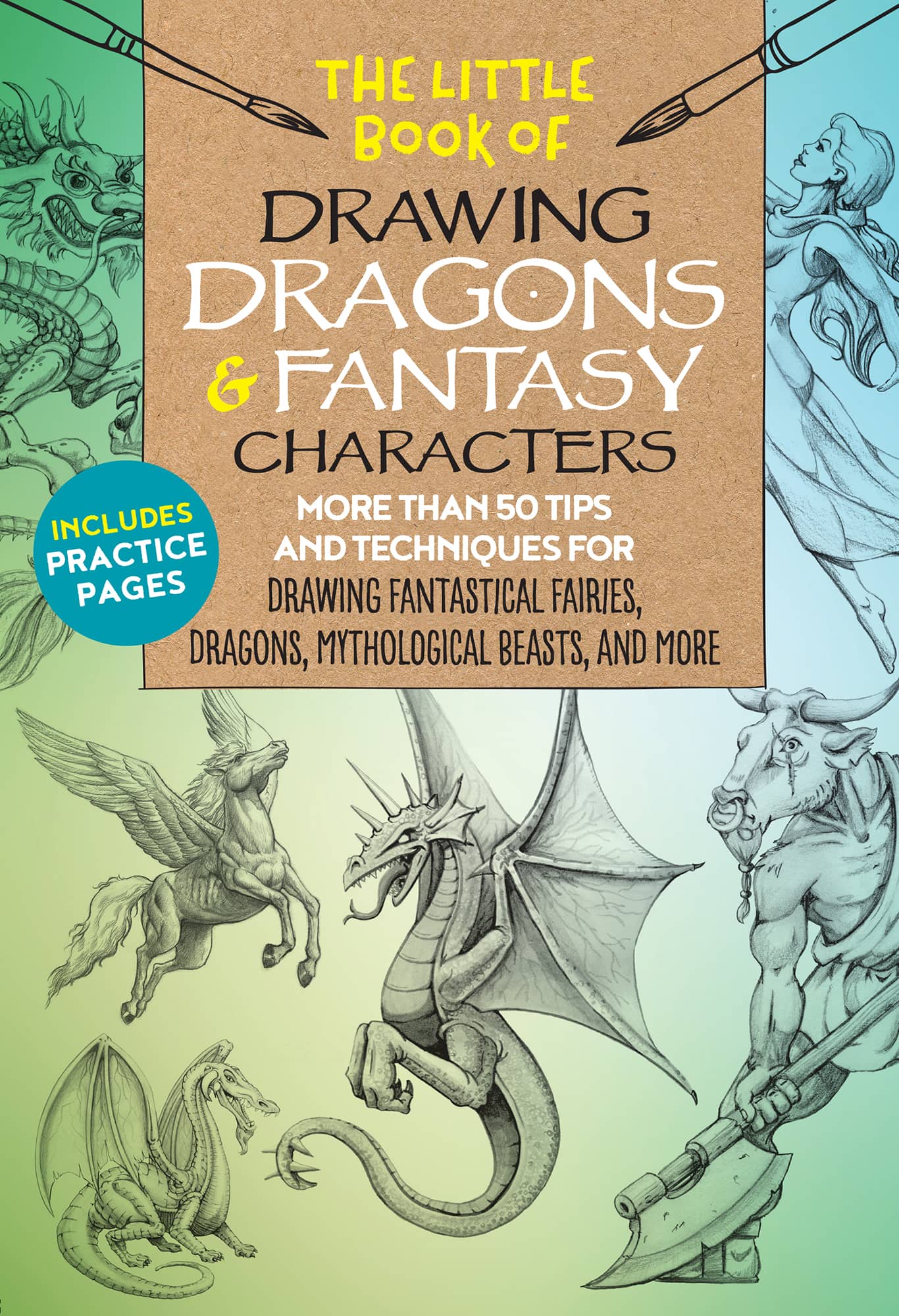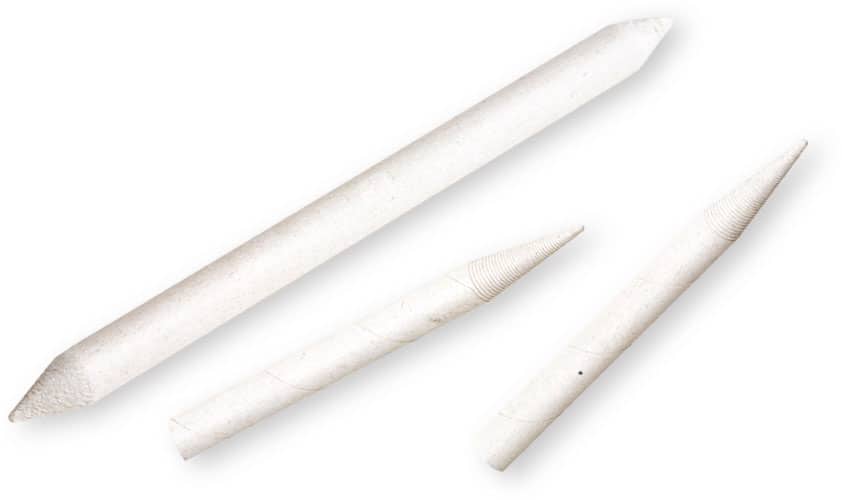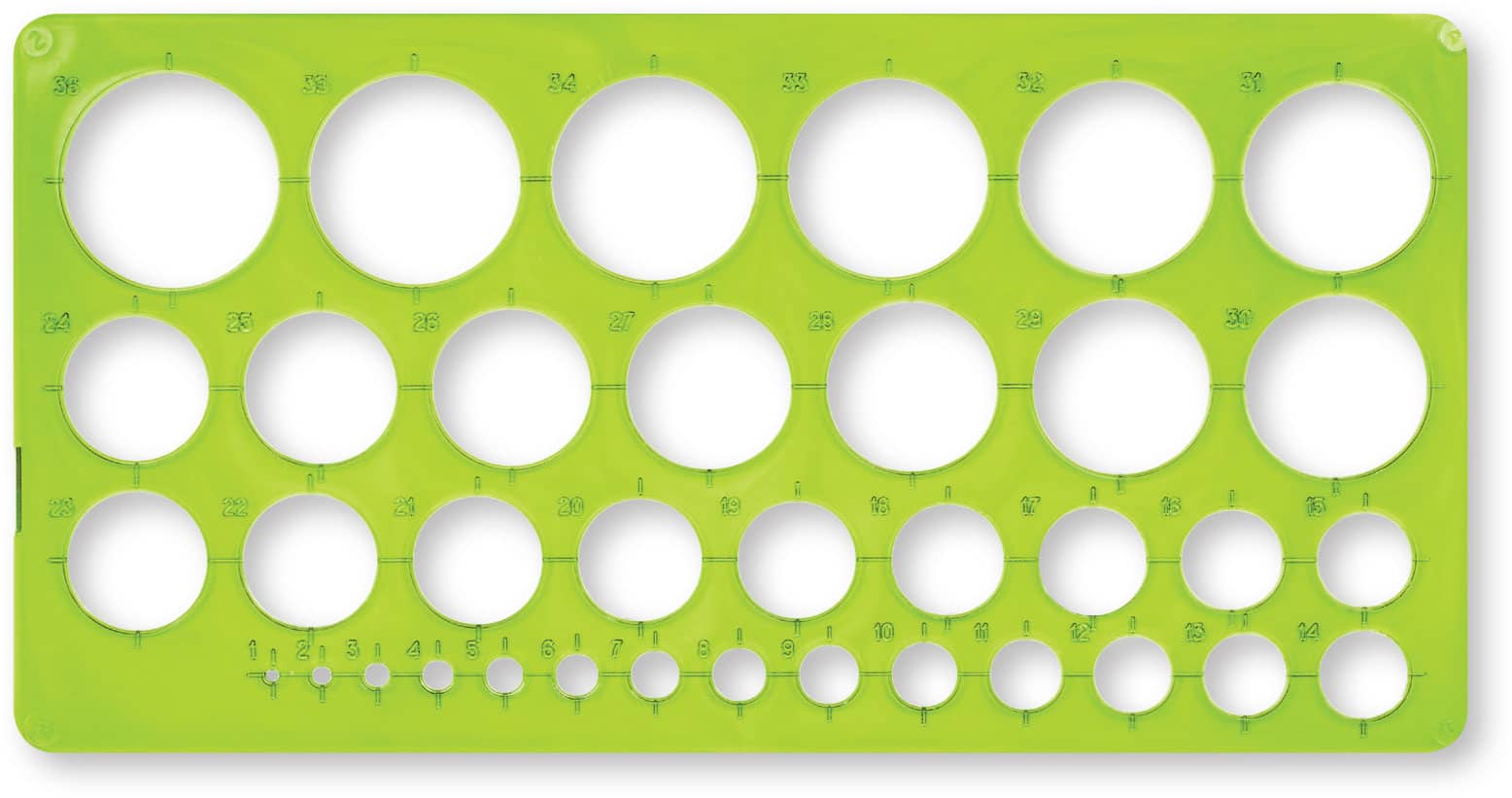THE LITTLE BOOK OF
DRAWING DRAGONS & FANTASY CHARACTERS
MORE THAN 50 TIPS AND TECHNIQUES FOR
DRAWING FANTASTICAL FAIRIES, DRAGONS, MYTHOLOGICAL BEASTS, AND MORE

Introduction
In this book, youll find a wealth of different types of dragons, mythological beasts, and fantasy creatures to draw and illustrate. The exercises and projects in this book are accessible to aspiring artists of all skill levels. No matter how ambitious the artwork may seem, each project is broken down into simple, step-by-step instructions.
Over the next few pages, youll discover methods for drawing these fanciful creatures, including how to build on basic shapes and apply different shading techniques. Youll also learn how to get the most out of a variety of mediafrom charcoal pencil to India inkso you can make your drawings the very best they can be.
Tools & Materials
Drawing Paper is available in a range of surface textures (called tooth), including smooth grain (plate finish and hot-pressed), medium grain (cold-pressed), and rough to very rough. Cold-pressed paper is the most versatile and is great for a variety of drawing techniques.
Sketch Pads come in many shapes and sizes. Although most are not designed for finished artwork, they are useful for working out your ideas.
Erasers There are several types of art erasers. Plastic erasers are useful for removing hard pencil marks and large areas. Kneaded erasers (a must) can be molded into different shapes and used to dab at an area, gently lifting tone from the paper.
Tortillons These paper stumps can be used to blend and soften small areas when your finger or a cloth is too large. You also can use the sides to blend large areas quickly. Once the tortillons become dirty, simply rub them on a cloth, and theyre ready to go again.
Drawing Implements Drawing pencils contain a graphite center. They are categorized by hardness, or grade, from very soft (9B) to very hard (9H). A good starter set includes a 6B, 4B, 2B, HB, B, 2H, 4H, and 6H. The chart below shows a variety of drawing tools and the kinds of strokes you can achieve with each one.
HB sharp point
HB An HB with a sharp point produces crisp lines and offers good control. A round point produces slightly thicker lines and is useful for shading small areas.
HB round point
4B flat point
Flat For wider strokes, use a 4B with a flat point. A large, flat sketch pencil is great for shading bigger areas.
Flat sketching
4B charcoal
Charcoal 4B charcoal is soft and produces dark marks. Natural charcoal vines are even softer and leave a more crumbly residue on the paper. White charcoal pencils are useful for blending and lightening areas.
Vine charcoal
White charcoal
Cont Crayon or Pencil Cont crayon is made from very fine Kaolin clay and is available in a wide range of colors. Because its water-soluble, it can be blended with a wet brush or cloth.
Cont crayon
Cont pencil
Quill or Dip Pens provide some flexibility with line when inking. You can purchase different sizes of nibs. Be careful when inking with these tools. They often leave lines that stay wet for several minutes. Make sure you allow for plenty of drying time!
India Ink is black ink made of carbon. It has been used in various forms since ancient times and became standard for writing and printing in the Western world around the turn of the 20th century.
Inking Brush Inking with a brush can create smoother, livelier lines and is great for creating thick-to-thin strokes. Working with a brush takes more time and requires a lot of practice to become proficient. Look for a sable brush with a sharp point. Dip it in water first and roll the excess water onto a paper towel. Then dip it in ink.
Templates & Curves You can find circle, ellipse, and curve templates at any art supply store. You can use this helpful tool to create a thick-and-thin line quality by stroking your line several times and adjusting the position of the curve to build a line that is thicker in the middle and thinner at the ends.


